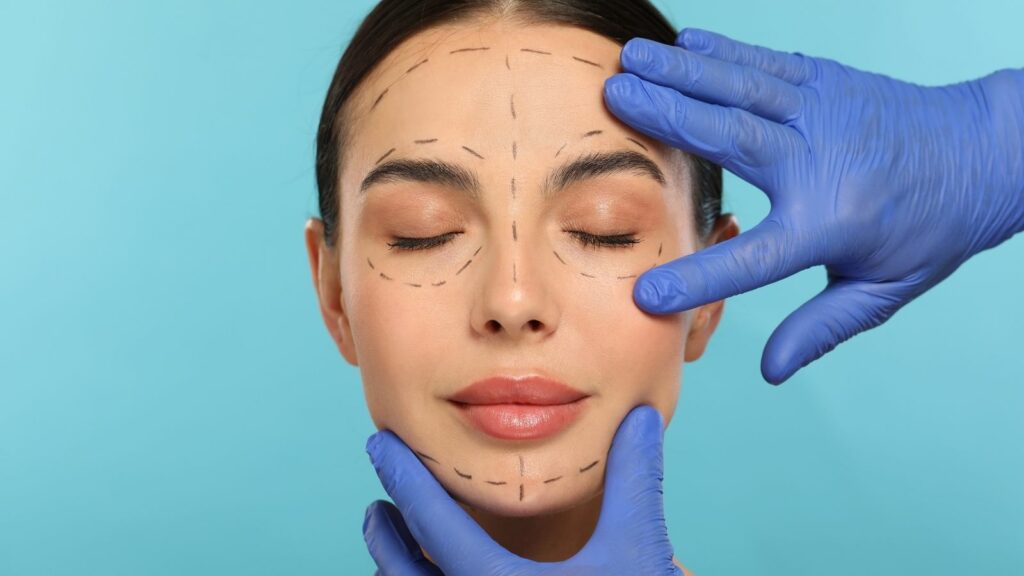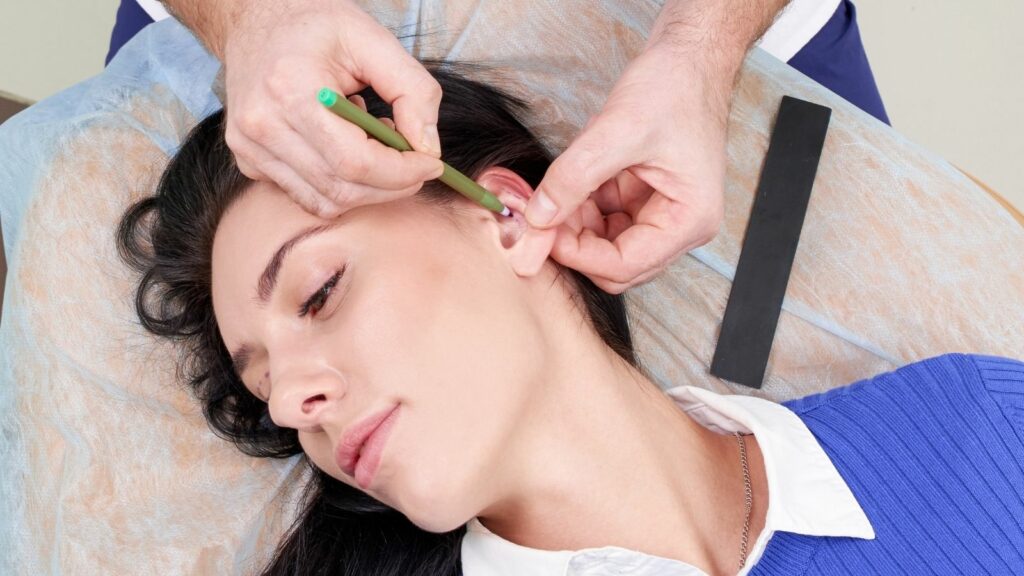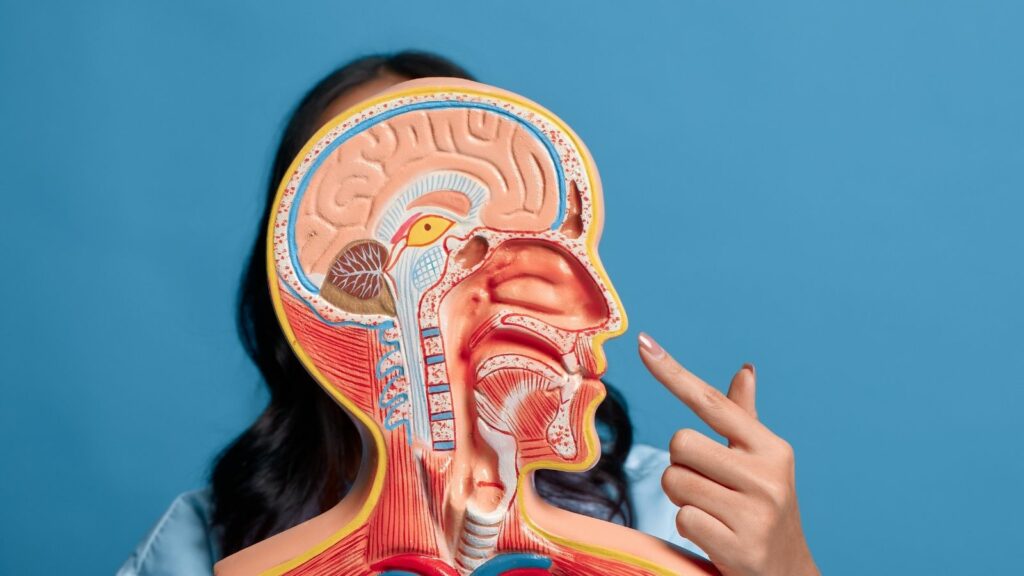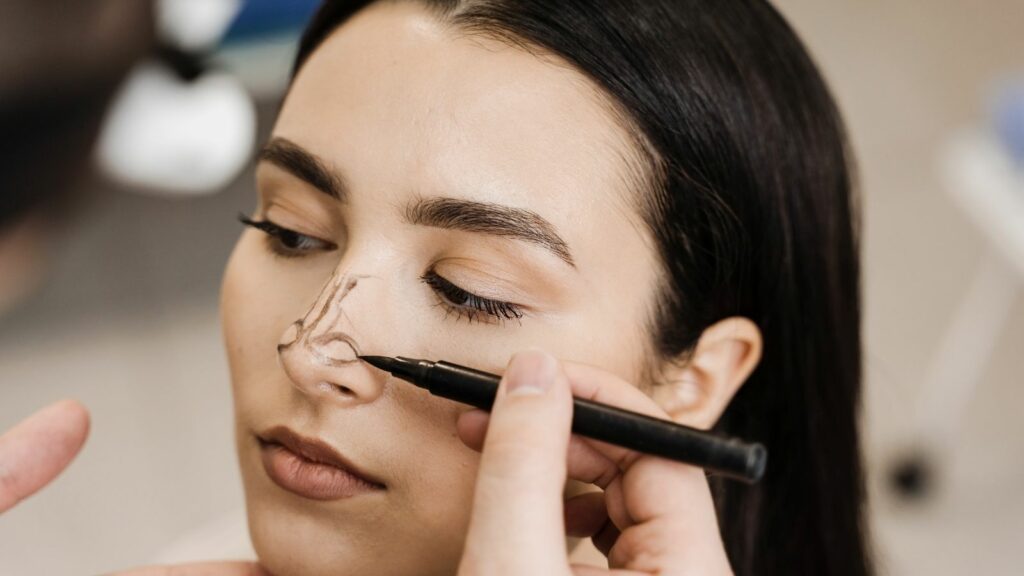A failed nose surgery is understood when the desired results cannot be achieved either aesthetically or functionally. Asymmetry in the shape of the nose, shortness of breath, and an artificial appearance are the most common signs.
Aesthetic failure may appear as irregularities on the nasal bridge, drooping of the tip, or mismatch in the nasal wings. This can create an imbalance in the patient’s facial expression.
Functional failure manifests as insufficient breathing through the nose after surgery, nasal congestion, or snoring. These problems significantly affect quality of life.
Once a failed nose surgery is identified, the issues can be corrected with revision rhinoplasty. Proper timing and accurate surgical planning are crucial for the success of the second operation.
What Is a Failed Rhinoplasty?
A failed rhinoplasty is a condition in which aesthetic or functional expectations are not met and unwanted results arise. Visual disharmony, difficulty in breathing, or structural problems may be examples of this.
Reasons for failure may include:
- Insufficient surgical technique
- Excessive or inadequate tissue removal
- Insufficient follow-up of the healing process
- Lack of planning in accordance with skin structure
- Trauma or development of complications
In such cases, revision rhinoplasty may be necessary.
How Is a Failed Rhinoplasty Defined?
In the past, the success of an operation depended mostly on the surgeon’s own technical assessment. Today, this perspective has completely changed. Now, your experience and satisfaction as the patient lie at the center of this evaluation. But what does your feeling of “I don’t like my nose” or “My breathing hasn’t improved” mean medically?
At this point, modern medicine brings in “Patient-Reported Outcome Measures” (PROMs). These are standardized questionnaires that transform your satisfaction and complaints into measurable scientific data. This means your experience is no longer just a personal opinion but becomes a validated clinical indicator. There are two main questionnaires frequently used in this area. The first is the Rhinoplasty Outcome Evaluation (ROE), which measures both aesthetic and functional satisfaction. The second is the Nasal Obstruction Symptom Evaluation (NOSE), which evaluates the severity of nasal obstruction and its impact on quality of life.
Large scientific studies have proven that after a successful surgery, there are significant improvements in these scores. For example, the ROE score, which before surgery is around 30–35 out of 100, rises to over 80 one year after the surgery. This is a numerical indication of how satisfied patients are with the results. Similarly, a decrease of 40–50 points in the NOSE score shows the dramatic improvement in breathing.
Therefore, a “failed” rhinoplasty can now be scientifically defined as follows: a situation where, despite a sufficient period—about one year—having passed since the surgery, the expected significant improvement in the patient’s satisfaction scores does not occur. This approach highlights how critical your voice and experience are in evaluating surgical success. It also provides a common language for you and your surgeon, even when your assessments differ.
When Should Postoperative Breathing Problems Be Taken Seriously?
One of the fundamental goals of rhinoplasty is to improve the aesthetic appearance while preserving or enhancing the nasal airway. Therefore, persistent breathing difficulties after surgery are one of the most important signs of a potential failure. Temporary nasal obstruction in the first few weeks or months is completely normal and expected—this results from swelling during the healing process.
However, if the condition becomes persistent or does not improve even after months have passed, it indicates an underlying structural issue that must be taken seriously. One of the most striking statistics that shows the importance of this problem is that approximately 70% of patients seeking revision rhinoplasty report breathing problems as their primary complaint. This demonstrates that although patients may initially undergo surgery for cosmetic reasons, functional problems affecting daily life, sleep, and physical performance often become the main source of discomfort. No matter how aesthetically pleasing the nose appears, a nose that does not allow comfortable breathing is understandably perceived as a “failure.”
The main underlying cause of such breathing issues is usually what we call “iatrogenic obstruction.” This simply means that the blockage was unintentionally created during the initial surgery. For example, when removing a hump on the nasal bridge or narrowing the nasal structure, the internal geometry of the airway may be changed, resulting in narrowing. This clearly shows how inseparable form and function are in the nose. In other words, the breathing problem you experience is most likely not due to a random issue during healing, but a direct mechanical consequence of a specific surgical maneuver. The good part is that the cause is often identifiable, and targeted revision surgery can frequently correct the issue.
What Is Nasal Valve Collapse and How Does It Cause Obstruction?
One of the most common causes of persistent nasal obstruction after surgery is “nasal valve collapse.” The nasal valve is the narrowest part of the airway, located at the entrance and midsection of the nasal cavity. It plays a critical role in regulating airflow. If there is any weakening of cartilage support or narrowing in this area, the nasal sidewalls collapse inward during inhalation, creating a vacuum-like effect that blocks the airway. This is called nasal valve collapse.
The main reason for this issue is usually weakening or alteration of the cartilage structure supporting this region during rhinoplasty. For example, when removing a hump on the nasal bridge, the upper lateral cartilages may become separated from the septum, reducing structural support and making the valve more prone to collapse. You can think of it like a tent whose supporting poles have been weakened—when a gust of wind (breath) comes, the sides collapse inward.
Some common signs of nasal valve collapse include:
- Obstruction especially during deep inhalation
- Need to breathe through the mouth during exercise
- Worsening nasal congestion when lying on the back
- Persistent one-sided or bilateral obstruction
- Visible inward collapse of the nasal sidewalls during inhalation
A simple and effective diagnostic method is the Cottle maneuver. You can test this yourself by gently pulling your cheek upward and outward on the side where you feel the obstruction. If your breathing becomes noticeably easier, the test is positive and suggests nasal valve collapse.
Why Do I Hear a Whistling Sound and Experience Constant Crusting?
If you hear a thin whistling sound when breathing—especially in certain positions—or if you experience thick, persistent crusts inside the nose, this may be a sign of a “septal perforation.” A septal perforation occurs when a hole forms in the septum, the cartilage and bone wall that separates the two nostrils. This is a rare but possible complication after rhinoplasty or septoplasty. It typically occurs when the mucosal lining on both sides of the septum is damaged in the same location during surgery, disrupting blood supply to the cartilage and eventually causing tissue breakdown.
The most characteristic symptoms of septal perforation include:
- Whistling sound
- Excessive dryness inside the nose
- Thick, foul-smelling crusts
- Recurrent nosebleeds
- Feeling of nasal obstruction
- Occasional pain
These uncomfortable symptoms result from a basic physical principle. Normally, airflow through the nose is smooth and laminar. However, a hole in the septum disrupts this flow, creating turbulence. It is this turbulent airflow that produces the whistling sound as air passes through the perforation. The chaotic airflow also dries out the mucosa, leading to crust formation, bacterial overgrowth, unpleasant odor, and bleeding. If left untreated, the perforation can enlarge and, in rare cases, cause collapse of the nasal dorsum.
Which Aesthetic Problems May Require Revision Surgery?
Although aesthetic dissatisfaction is highly personal, most complaints after rhinoplasty correspond to well-defined postoperative deformities described in the literature. For example, a patient saying “I don’t like my nasal tip” may actually be describing a condition known as “nasal bossa” or “pollybeak.” Recognizing these issues can help you express your concerns more clearly and communicate more effectively with your surgeon.
Here are the most common aesthetic problems:
Pollybeak deformity: One of the most frequently encountered issues. It presents as fullness in the “supratip” area, just above the nasal tip.
Main visible signs include:
- Profile resembling a parrot’s beak
- A prominence just above the nasal tip where it meets the bone
- A nasal tip that appears droopy or insufficiently elevated
This deformity is often masked during the early postoperative swelling and becomes more noticeable after 3–6 months. It occurs either when the surgeon does not reduce the cartilage sufficiently or, conversely, when the dorsum is over-reduced and the void is filled with scar tissue.
Inverted V deformity: This complication is important both aesthetically and functionally. It gets its name from the typical inverted “V” shadow that appears when looking at the nose from the front.
Main visible signs include:
- An inverted “V”-shaped shadow at the junction of bone and cartilage
- A narrowed or collapsed midsection
- The appearance that the nose is composed of two separate parts
This deformity indicates collapse of the middle vault and usually occurs when a large hump is removed without proper reconstruction of the “open roof.” It also often leads to narrowing of the internal nasal valve, creating breathing difficulties.
Alar retraction: This condition involves the upward pulling of the nasal alar rims beyond their natural position.
Signs include:
- Excessively visible nostrils
- Notching along the alar rims
- An unnaturally curved nostril shape
The most common cause is overly aggressive reduction of the alar cartilage during the first surgery. The weakened cartilage is then pulled upward by scar contracture.
Nasal bossa: These are firm, nodular irregularities felt or seen on the nasal tip after rhinoplasty.
Signs include:
- Firm, pinpoint elevations under the skin
- Asymmetry or irregular appearance
- Small bumps more visible under direct light
Bossa formation usually occurs when scar contracture forces act on a weakened or uneven cartilage framework.
Is What I See Caused by Swelling, or Is It Permanent?
If you have concerns about your surgical result, the most important thing you can give yourself and your body is time. Swelling can hide real deformities or make issues appear worse than they actually are. Therefore, patience is critical before making permanent conclusions.
The postoperative swelling typically follows this timeline:
- First 1–3 weeks: Swelling and bruising are at their peak. Even after the splint is removed, the nose remains extremely swollen. About 70–80% of the swelling subsides by the end of week three.
- 1–3 months: Most of the swelling resolves, and the new contours of the nose gradually appear. However, the nasal tip may still be swollen, firm, and numb.
- 6–12 months: This is the “refinement phase,” where the nose becomes more defined. Scar tissue matures and the skin adapts to the new underlying structure.
- 1 year and beyond: About 90–95% of swelling has resolved. For patients with thick skin, this process may take up to 18–24 months.
This timeline shows that patience is not merely a recommendation but a medical necessity. Medical authorities recommend waiting at least 12 months before evaluating the final results. This is because internal healing forces—such as scar contracture, which can cause deformities like the Inverted V or alar retraction—take months to manifest. Therefore, it is too early to determine whether an issue is permanent at 3–6 months.
What Is the Psychological Dimension of Dissatisfaction and the Role of Expectations?
Patient dissatisfaction does not always result from a technical surgical error. There may be a disconnect between an objectively successful surgical outcome and the patient’s subjective perception. Understanding the psychological factors and the importance of managing expectations is essential for both you and your surgeon.
Some important factors that can lead to dissatisfaction include:
- Unrealistic expectations
- Undiagnosed Body Dysmorphic Disorder (BDD)
- Insufficient communication with the surgeon
- Negative comments from close surroundings (partner, family, friends)
Unrealistic expectations: One of the most significant causes of dissatisfaction. Remember that rhinoplasty is not magic—it is a reshaping procedure constrained by your underlying anatomy.
Body Dysmorphic Disorder (BDD): A serious psychiatric condition in which a person becomes excessively preoccupied with one or more perceived physical flaws that may be unnoticeable to others. BDD is more common among patients seeking rhinoplasty. Surgery does not treat BDD and may even worsen it.
These factors show that a “failed rhinoplasty” sometimes begins not in the operating room but in the consultation room—through unmet expectations or ineffective communication. The most essential question becomes: What is the source of the dissatisfaction? If it is structural, surgery may help. If psychological, therapy is the appropriate solution. Trying to treat a psychological issue with repeated surgeries only leads to a frustrating cycle of revision procedures.













